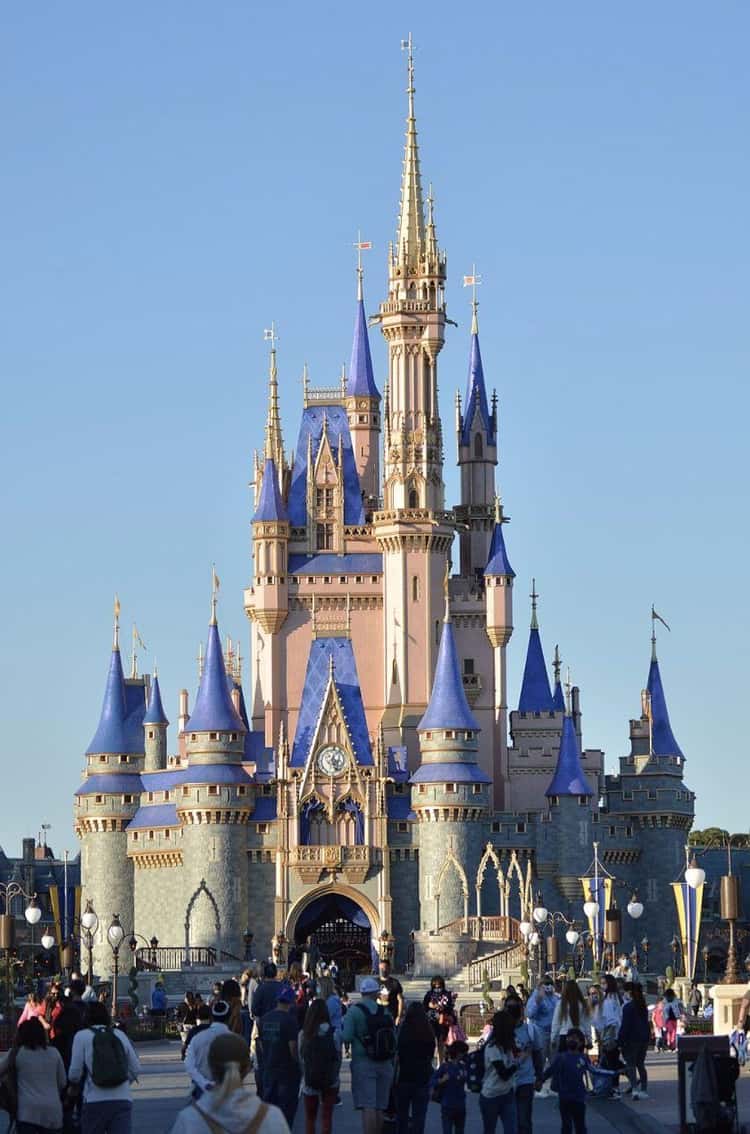Some of the most famous buildings in the world, such as the White House or the Waldorf Astoria hotel, actually have secret rooms. There are many reasons why these rooms exist. Some were built or used for secretive purposes, but others are just ordinary spaces that happen to be connected to architectural icons.
Either way, these secret rooms are the subjects of fascination. One reason why is because so few people actually get to see them. These rooms are usually off-limits to the public, and to visit them you need the right connections – it definitely helps if you’re famous. Even if some of these rooms are little more than glorified broom closets, the fact that most aren’t allowed to see them makes them intriguing.
1. A Secret Drawing Room In A Medici Chapel
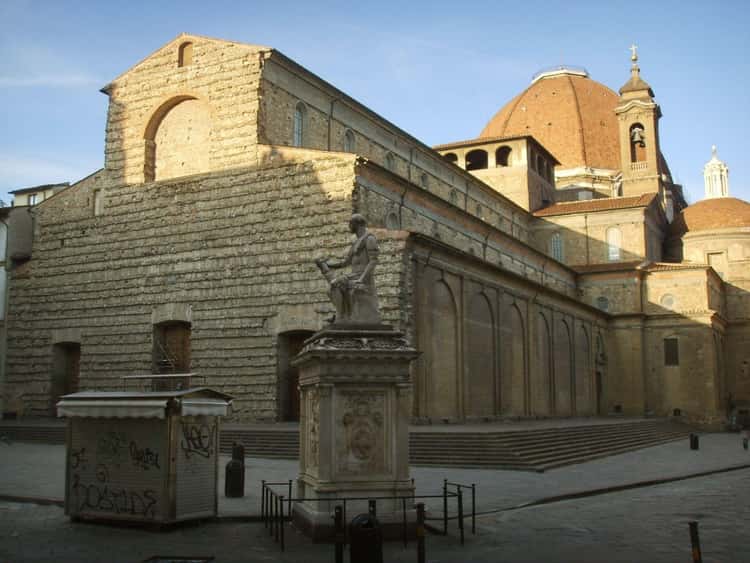
The current version of the Basilica of San Lorenzo was completed in the 16th century to serve as the official chapel and burying place of the Medici family, but its origins actually date to the fourth century. So, by the middle of the 20th century, every inch of the space was thought to have been discovered. But that turned out to be wrong.
In 1975, the director of the Medici Chapels Museum discovered a secret room underneath the chapel. Even more astonishing, the walls are covered with illustrations – some of which are thought to be the work of Michelangelo himself.
In 1520, the Medici family hired Michelangelo to design a mausoleum for the chapel. But by 1527, the Renaissance master turned on his patrons and supported a revolt against them. When the Medicis retook Florence in 1530, it’s believed Michelangelo hid inside this secret room for months. The walls of the room are decorated with dozens of sketches and designs for paintings and sculptures, and it’s thought that Michelangelo is responsible for at least six.
2. Hidden ‘Priest Holes’ In Harvington Hall
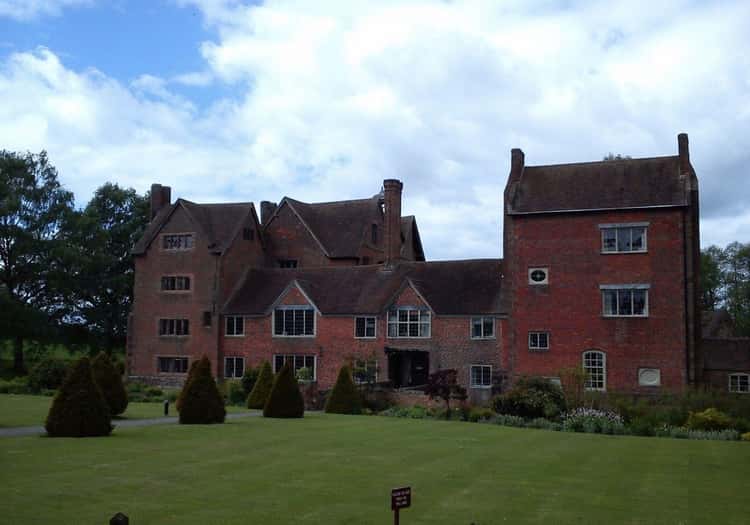
Harvington Hall is an English manor house that may have existed as early as the 14th century, but was definitely completed by 1580, during the reign of Queen Elizabeth I. After her father Henry VIII broke away from the Catholic Church and formed the Church of England, Elizabeth spent much of her reign persecuting English Catholics – especially priests.
When Harvington Hall was completed, “pursuivants,” or “priest hunters,” regularly scoured England for priests, who would be tortured and executed. In response, sympathetic people built “priest holes,” or “priest hides” in their homes. Harvington Hall’s construction included several of these, and seven remain today – the most of any Elizabethan manor home in England.
3. A Hidden Apartment In Radio City Music Hall
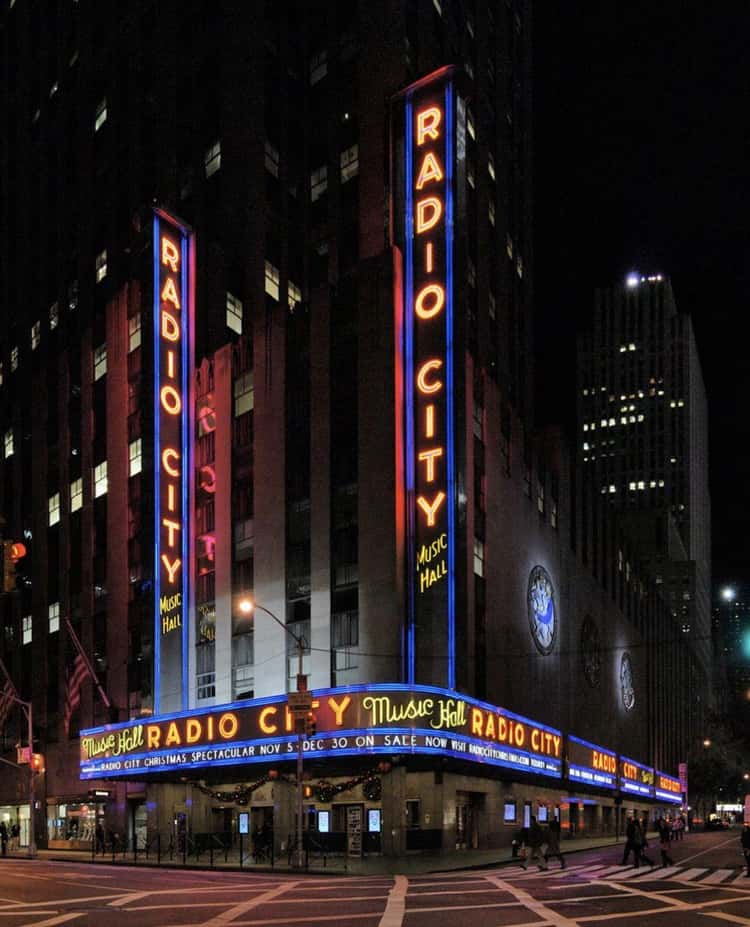
Radio City Music Hall actually has several secret rooms and spaces, but this one might be the most lavish. When the building was completed in 1932, it was a state-of-the-art venue for live performances as well as motion pictures, which at that time came in both silent and talkie varieties. The mastermind behind Radio City was Samuel “Roxy” Rothafel, a pioneer of the early movie theater industry, who also designed many of New York City’s other landmark movie venues like the Roxy Theater and the RKO Palace.
But Radio City was also Roxy’s home. The theater magnate lived in a private apartment on Radio City’s fifth floor from its opening until his passing in 1936. The Art Deco-style apartment includes 20-foot-high gold leaf ceilings, custom wooden furniture, and marble fixtures. Today, it’s closed to the public, unless you have the right connections.
4. A Secret Bathroom And Adjoining Chamber In Drum Castle
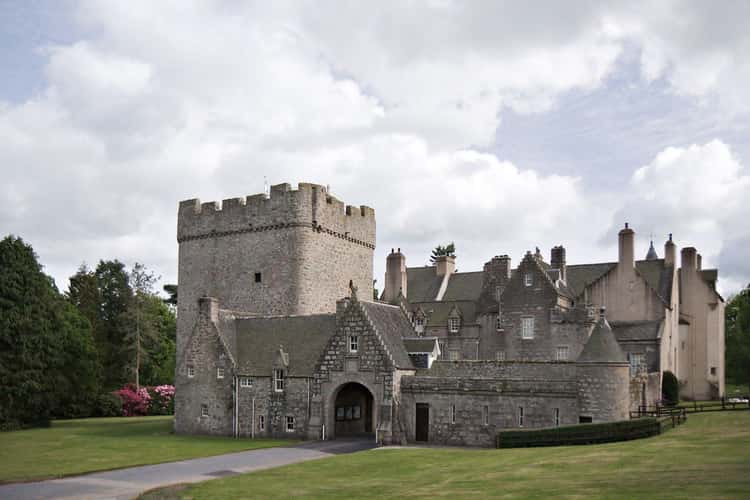
In 2013, archaeologists renovating Scotland’s Drum Castle, which was built in the 14th century, discovered an underground chamber on the first floor that had been lost to time. Inside was a medieval bathroom that included a “garderobe,” a 14th-century toilet.
The archaeologists also found a second nearby chamber that they claimed was where a member of the Irvine family, Mary, hid her brother during the Jacobite Rebellion in 1745.
5. A Speakeasy In Pixar Studios
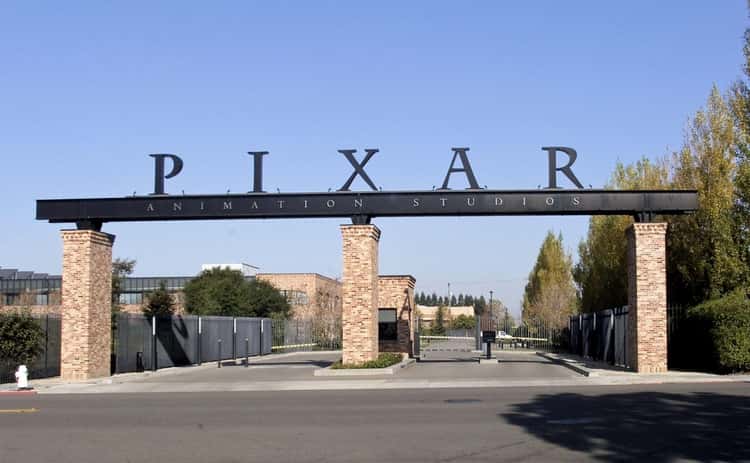
Pixar was founded in 1986, many years after Prohibition. So the hidden speakeasy at Pixar Studios wasn’t exactly necessary, but it’s no less fun for it.
There have actually been two speakeasies hidden inside Pixar Studios, and both were originally maintenance rooms that were off-limits to most employees. Pixar animator Andrew Gordon created the first one when he discovered a small door in his office that led to the building’s air conditioning controls. Gordon decorated the space in secret. But when Pixar brass caught on to its existence, they embraced Gordon’s speakeasy and it became an unofficial office hangout. Over the years, it hosted both Pixar employees and celebrities like Tim Allen and Steve Jobs.
When Gordon was promoted and given a new office, he didn’t abandon his speakeasy. Instead, he found another nearby secret room and dubbed it the Lucky 7 Lounge. It’s only accessible via a sliding panel, which is controlled by a secret button hidden in a statue in Gordon’s office.
6. A Secret Train Platform Beneath The Waldorf Astoria
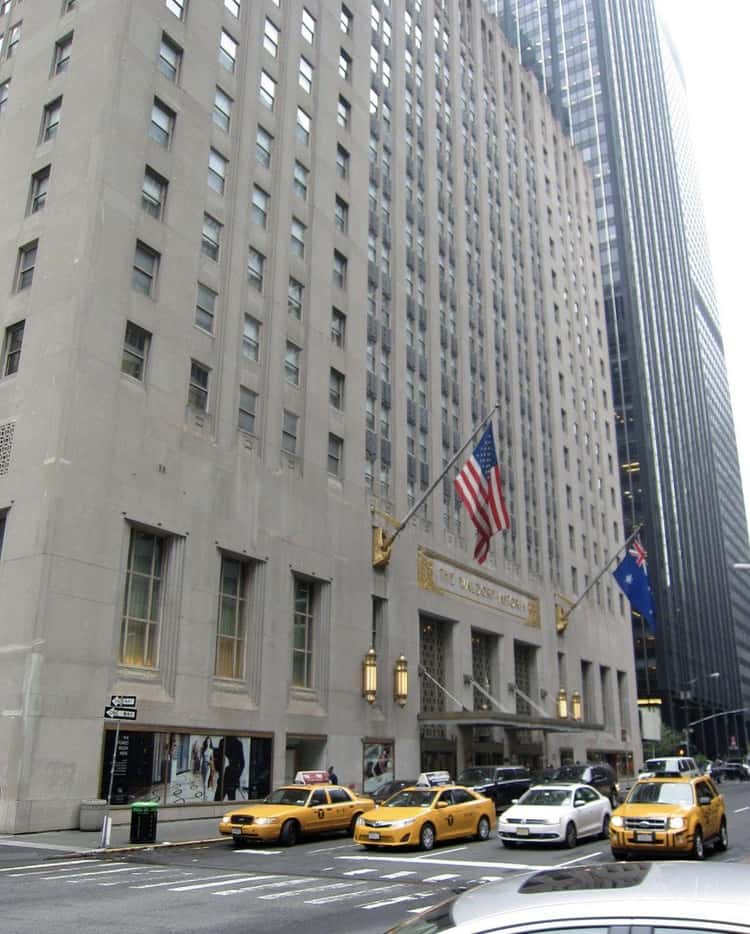
This secret room really owes its existence to the fact that Manhattan has some of the most exclusive real estate in the world. When Grand Central Station was completed in 1913, the sprawling structure occupied considerable space both above and below ground in Manhattan. Decades later, when the Waldorf and Astoria hotels merged, the site chosen for the Waldorf Astoria was located directly above one of Grand Central’s train platforms.
The platform was never meant for passenger service, but rather served as a loading platform for the station’s powerhouse. The designers of the Waldorf Astoria originally intended to repurpose the platform into an exclusive train station for the hotel’s elite customers, complete with an elevator that took guests directly to the hotel. (It ultimately terminated at street level.)
It did serve as a train station for some of the hotel’s more famous guests, including FDR. Andy Warhol hosted a party on the platform in 1965.
7. A Ballroom In Melbourne’s Flinders Street Station
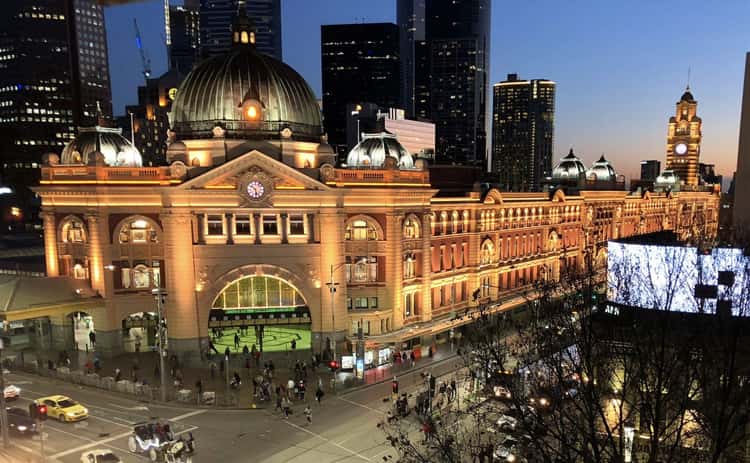
Melbourne’s Flinders Street Station is considered the busiest railway station in Australia, serving over 100,000 passengers a day, but almost nobody gets to see the top-floor ballroom. When the iconic structure opened in 1910, the spacious third floor was home to several different rooms serving the Victoria Railways staff, including a lecture hall, a billiards room, and a private gym. By the 1950s, the space had been converted to a dance hall, where dance-happy travelers could get their Mashed Potato on.
The ballroom has been off-limits since 1985. But during Melbourne’s annual Open House Melbourne celebration, winners of an exclusive “Golden Ticket” have been able to tour it.
8. Hidden Panic Rooms In Buckingham And Windsor Palaces
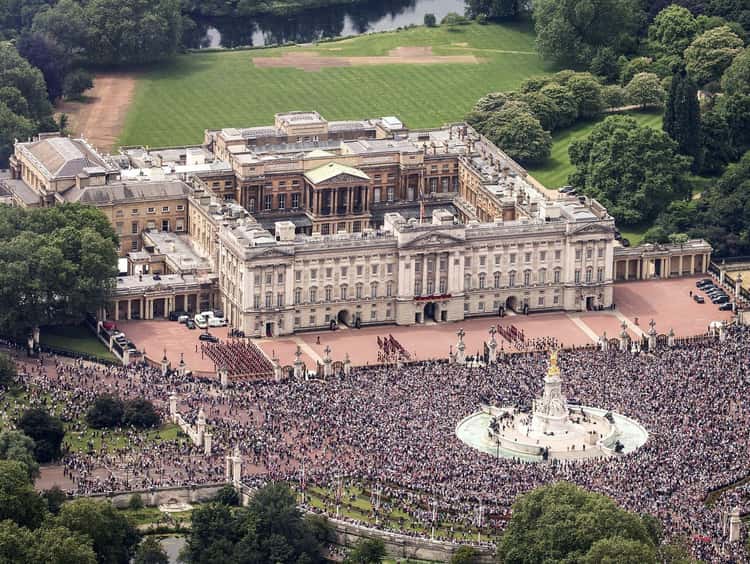
As public figures, the British royal family have to take precautions for their safety, especially within their palatial homes. Safety at Buckingham Palace has always been important – in 1982 a man broke into Queen Elizabeth II’s bedroom and remained for several minutes until security arrived. But security was an even bigger priority after the September 11 terror attacks.
After 9/11, a security review of the royal family’s homes led to the construction of panic rooms in both Buckingham and Windsor palaces. The exact details of the panic rooms haven’t been shared with the public, but it is known that they contain 18-inch thick steel walls and can protect against bombs, poison gas, and assassination attempts. The panic rooms are also equipped with their own communication systems and enough food and water to last at least a week. It’s not known if they’ve ever been used for their intended purpose.
9. A Hotel Room In Disney World’s Cinderella Castle
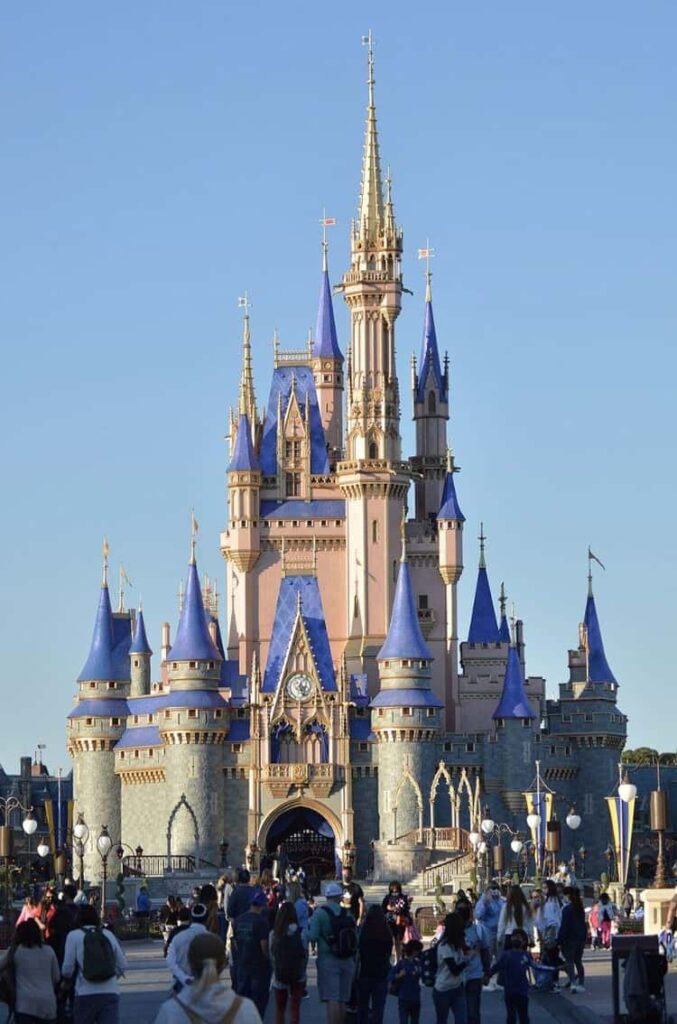
The Cinderella Castle Suite inside Disney World’s Cinderella Castle isn’t exactly “hidden” since its existence is fairly well-known by now. But it’s still the most exclusive hotel room in Disneyland, so much so that it’s not available for rent without the right connections. So, it makes the list.
It’s also a relatively new addition to Disney World. The castle was completed in 1971. For decades, the interior was mostly used for storage, and at one time housed the park’s telephone operators. But Disney remodeled the interior in the 21st century and announced the Cinderella Castle Suite in 2007. The company gave away stays in the suite as prizes for the Year of a Million Dreams Sweepstakes in 2007 and 2008, and has allowed similar overnight stays occasionally since then.

